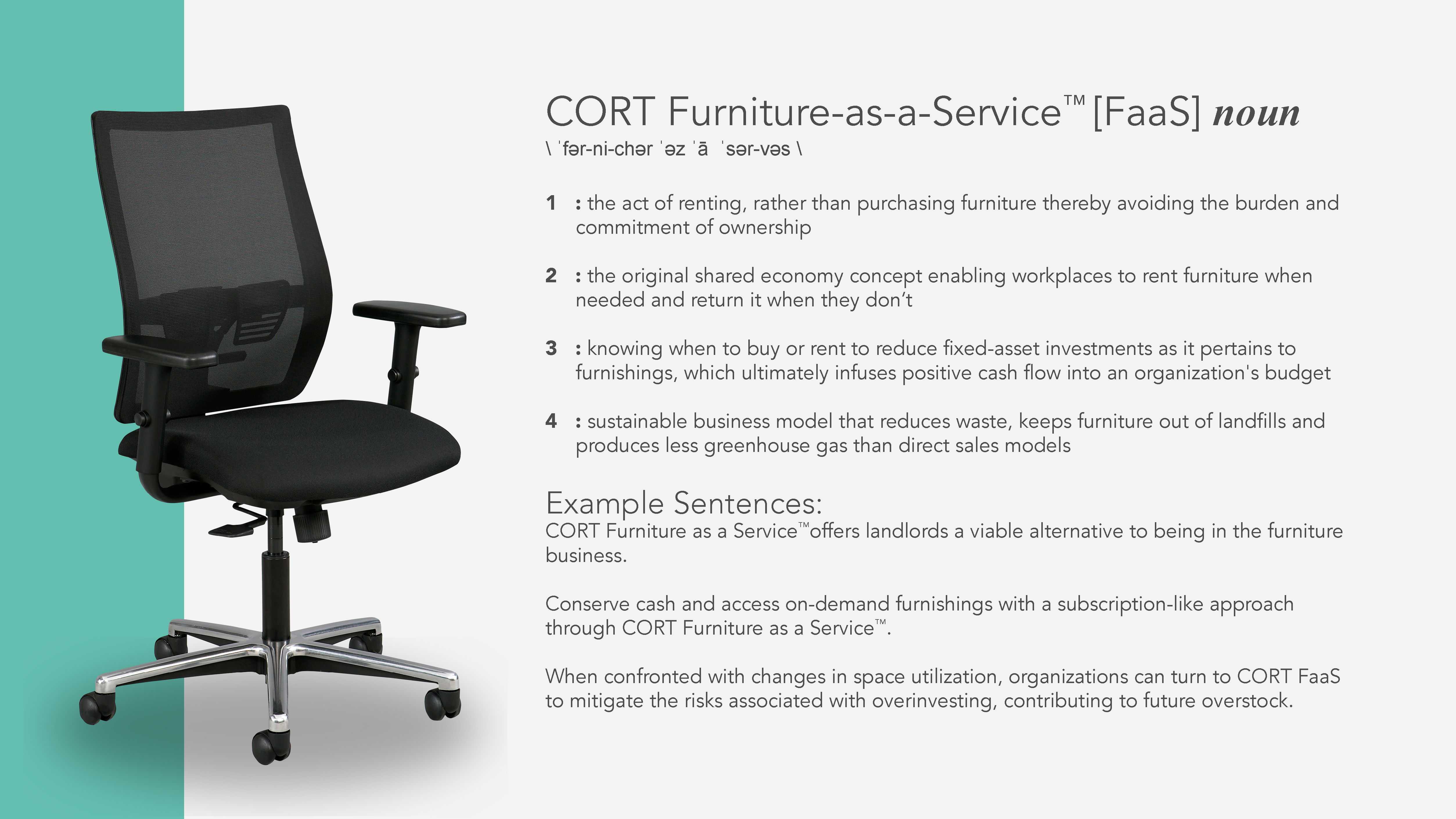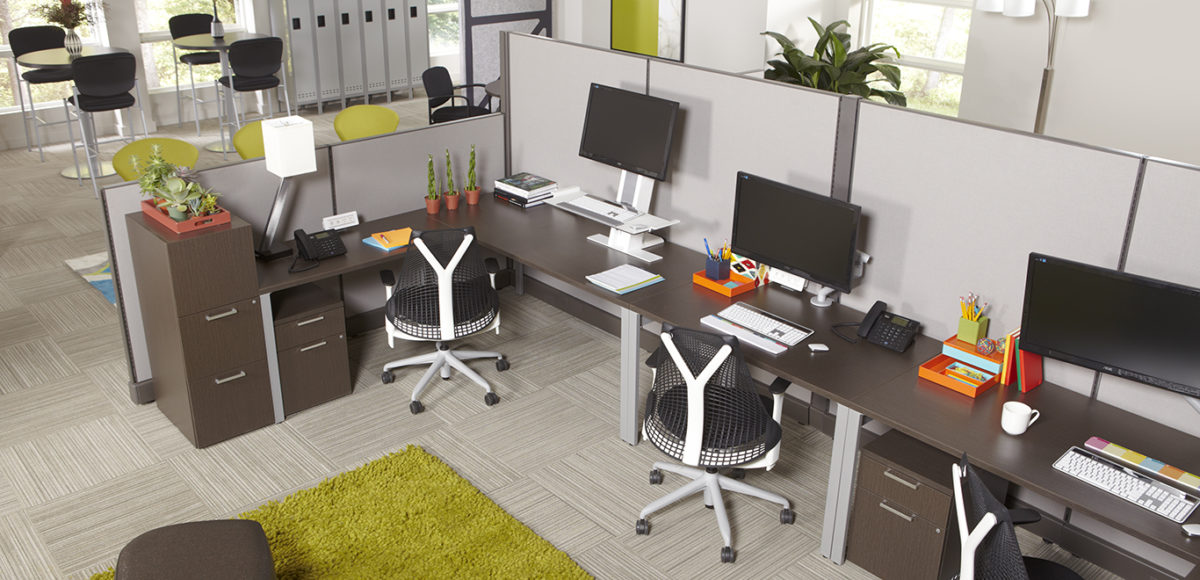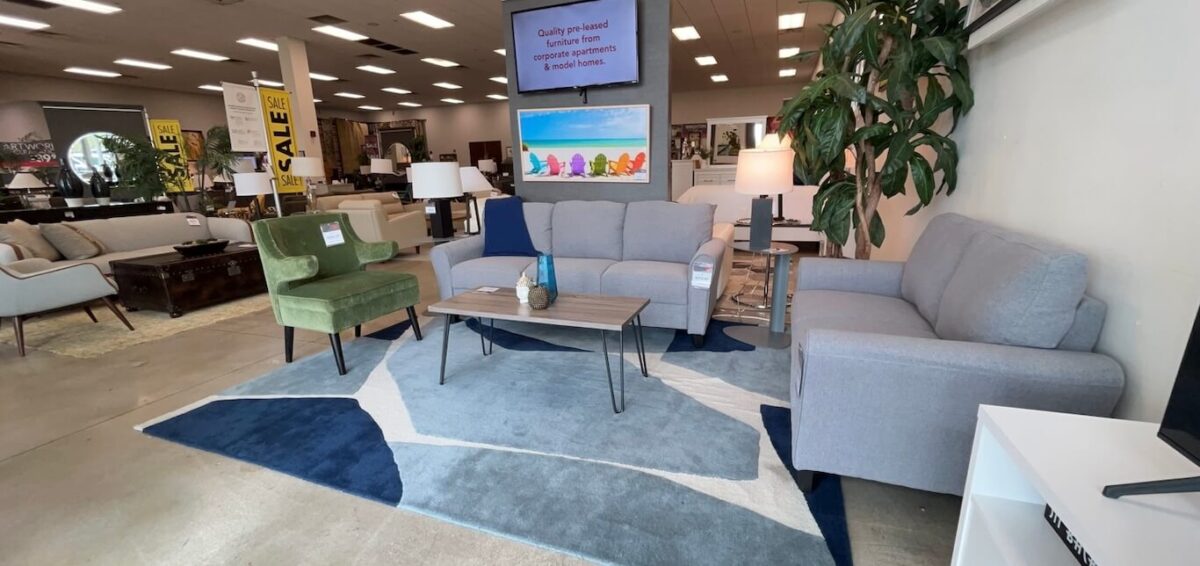The business world is always competitive, with decisions that must be made every day. The importance of your bottom line influences every decision that’s made and it’s best to always look for ways to improve it. In a post-COVID world, where many businesses are still fighting to remain viable, your bottom line means more now than it ever has.
Let’s think outside of the box for a moment and ask, “have you considered how the design of your office affects the success of your business?” Before answering, consider this, the COVID-19 pandemic of 2020 has given just about every business the opportunity to make a second impression.
As your employees prepare to return to work, you have the opportunity to make a difference with your spaces. Take a look at five ways the design of your office can change your bottom line for the better.
Employee Productivity
Your employees have enjoyed being able to work from their most comfortable environment over the last few months – their homes. But the one thing that the home can stand in the way of is productivity. It’s tough to remain on task with last night’s dishes in the sink and a pile of laundry directly within eyesight. What your office brings to your workforce is the separation between work and their personal lives.
Simple design ideas can help employees stay engaged and work more efficiently. Consider setting certain areas of your office up as “neighborhoods” where people who work together frequently are near each other. Place supplies in multiple areas where employees don’t have to walk as far. These small timesavers can allow employees to spend more time focusing on their tasks at hand and is also a set closer to what they’ve left behind in their home office.
Give employees the desks and spaces they need — no more “one size fits all” spaces. If an employee wants a standing desk or a sit-to-stand system, accommodate them. Providing the desks and workspaces that suit employees best helps create a positive, welcoming environment that employees want to come to — which contributes to their productivity and, ultimately, your bottom line.
Creating a space where collaboration is welcome helps employees come up with new ideas. Position your employees in clusters of desks in open plans or seat workgroups together in offices with cubicles. Your employee and team placement can create spaces that make it easier for employees to work together.
Collaboration
Another way to create collaborative space is to rethink certain parts of your office. For instance, think outside of the box with your conference room. Not all employees will choose to return to the traditional office which means teams will continue to meet virtually and could make your conference room obsolete. Consider turning it into a hub for teamwork and collaboration for the employees that do elect to come into the office. Remove your large conference table and replacing it with smaller tables that allow groups to have meetings and brainstorming sessions. You can also help employees find the balance between collaboration and the need to work alone by setting aside quiet spaces that allow employees to escape the noise and kinetics of the office and work without distractions.
Wellness
An office where employers place an emphasis on wellness can also add to a be more productive environment and earn more revenue. While many may consider wellness to be workout spaces or outdoor seating for lunch, ergonomics and comfort also help employees feel more at ease as they work. Another consideration is to find ways to reduce noise in the office to prevent anxiety and burnout by setting aside quiet zones that allow employees to get away from the buzz and destress as they work on projects or strive to meet deadlines.
Flexibility
Give your employees a sense of autonomy and even ownership by giving them a measure of flexibility in their schedules and work habits. Flex schedules and spaces allow your employees to get work done at the times and places that are best for them. Employees who are concerned about working around others after COVID-19 can use flexibility to get work done and still feel safe.
When you exercise flexibility with schedules and work areas, you may even be able to save on your lease with a smaller office space. Plan your flexible office in a way where employees can social distance with fewer people in the area at any given time. Make sure employees inside and outside the office have access to technology and tools to make their online meetings and other offsite work successful.
How can you create an office that benefits your bottom line better than it ever has before? Two words: furniture rental. CORT Furniture as a Service gives business owners the ability to transform their business to maximize their businesses success. Whether this will mean scaling your space up or down over the coming years, we can help you do this in as seamless a way as possible.

From desks and cubicles that encourage collaboration to ergonomic seating that keeps employees comfortable, CORT can show you the best way to make use of your space.
CORT saves you money because you don’t have to purchase every piece of furniture that you need. You can add pieces and return them as your needs change, and because you’re not throwing furniture into a landfill, you’re helping the environment. When you’re ready to take the steps to make your bottom line healthier, check out CORT’s website and give one of our friendly, professional staff a call. You’ll be on the road to a better office in no time.






